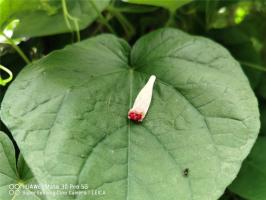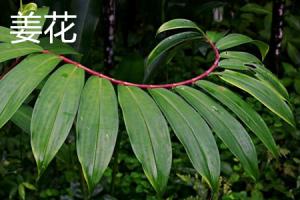How to Plant Mulberry Tree in the Philippines
Mulberry trees are native to many parts of Asia, including the Philippines. These trees are known for their sweet and juicy fruits, which can be eaten fresh or used in various recipes. If you are interested in growing your own mulberry tree, here is a guide to help you get started.
Choosing the Right Variety
Before you start planting, it is important to choose the right variety of mulberry tree for your location. The two most common types of mulberry trees in the Philippines are the black mulberry and the white mulberry.
Black mulberry trees are best suited for higher elevations and cooler temperatures, while white mulberry trees can be grown in warmer and more tropical areas. Be sure to research which variety is best for your specific location to ensure the best growth and yield.
Preparing the Soil
Mulberry trees thrive in well-drained soil that is rich in organic matter. The ideal soil pH for mulberry trees is between 6.0 and 7.0. Before planting, make sure to amend your soil with compost or other organic matter to help improve the soil structure and fertility.
If your soil is not well-draining, consider adding sand or perlite to improve drainage. Additionally, mulberry trees can tolerate a wide range of soil types, including sandy or clay soils, so don't worry if your soil is not perfect.
Planting the Tree
Mulberry trees should be planted in a sunny location with good air circulation. Dig a hole that is twice the size of the tree's root ball and plant the tree at the same depth as it was in its container. Water the tree well after planting to help it establish its roots.
Make sure to space your trees at least 15 to 20 feet apart to allow for adequate growth and spread. If you are planting multiple trees, space them at least 8 to 10 feet apart.
Care and Maintenance
Mulberry trees require regular watering, especially during the first year after planting. Water your tree deeply once a week, making sure to soak the entire root zone. During periods of drought, you may need to water more frequently.
Fertilize your mulberry tree in the spring with a balanced fertilizer, such as a 10-10-10 or 8-8-8 blend. Follow the manufacturer's instructions for application rates and timing.
Prune your mulberry tree in the winter to remove any dead, damaged or diseased branches. You can also prune to shape the tree or to control its size.
Harvesting Mulberries
Mulberries are ready for harvest in late spring or early summer, depending on your location and the variety of mulberry tree you have. Fruit will turn from green to red or black when it is ripe.
Pick your mulberries when they are fully ripe and sweet. The longer they stay on the tree, the sweeter they will become. Be sure to wear gloves and long sleeves when picking mulberries, as the fruit can stain your skin.
In conclusion, planting a mulberry tree in the Philippines is easy and rewarding. With proper care and maintenance, you can enjoy a bountiful harvest of sweet and juicy mulberries for many years to come.

 how many times do yo...
how many times do yo... how many planted tre...
how many planted tre... how many pine trees ...
how many pine trees ... how many pecan trees...
how many pecan trees... how many plants comp...
how many plants comp... how many plants can ...
how many plants can ... how many plants and ...
how many plants and ... how many pepper plan...
how many pepper plan...
































